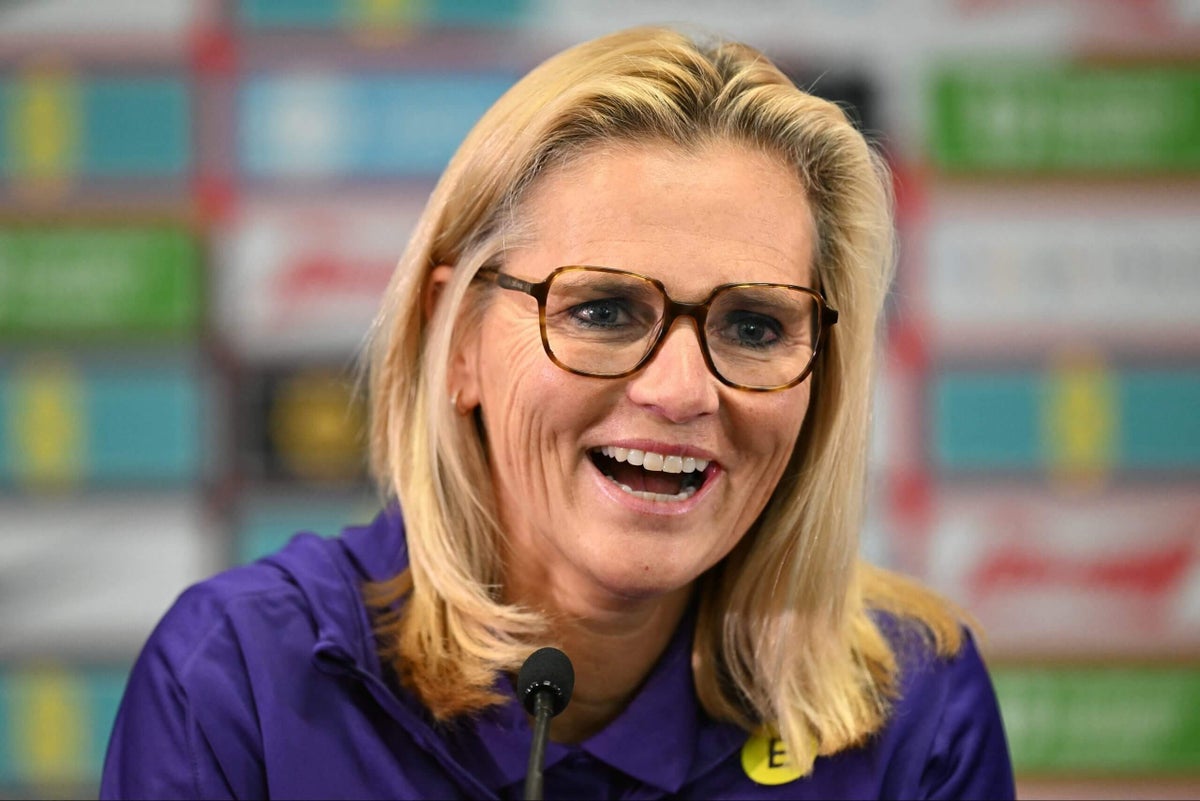Money's Influence: How Funding Shapes Modern Television Programming

Welcome to your ultimate source for breaking news, trending updates, and in-depth stories from around the world. Whether it's politics, technology, entertainment, sports, or lifestyle, we bring you real-time updates that keep you informed and ahead of the curve.
Our team works tirelessly to ensure you never miss a moment. From the latest developments in global events to the most talked-about topics on social media, our news platform is designed to deliver accurate and timely information, all in one place.
Stay in the know and join thousands of readers who trust us for reliable, up-to-date content. Explore our expertly curated articles and dive deeper into the stories that matter to you. Visit Best Website now and be part of the conversation. Don't miss out on the headlines that shape our world!
Table of Contents
Money's Influence: How Funding Shapes Modern Television Programming
The television landscape has dramatically shifted. Gone are the days when network executives solely dictated programming. Today, the influence of money – from streaming subscriptions to advertising revenue and corporate sponsorships – profoundly shapes what we watch. This article delves into the complex relationship between funding and modern television programming, exploring how financial decisions impact creativity, diversity, and the overall viewer experience.
The Rise of Streaming and Subscription Models:
The rise of streaming giants like Netflix, Disney+, and HBO Max has fundamentally altered the television industry. These platforms, while offering diverse content, are ultimately driven by subscriber numbers and profitability. This translates into a focus on high-budget productions designed to attract and retain subscribers, often prioritizing established franchises and star-studded casts over riskier, potentially groundbreaking projects. The pressure to deliver consistent, widely appealing content can sometimes stifle originality and experimentation.
Advertising's Enduring Power:
Despite the growth of streaming, advertising remains a significant force in television funding, particularly for traditional networks. Advertisers often exert subtle but powerful influence over programming decisions. Shows with broad appeal to specific demographics are favored, leading to a potential homogenization of content and a reluctance to tackle controversial or niche subjects that might alienate potential sponsors. This can result in a lack of diverse representation both on and off-screen.
Corporate Influence and Brand Integration:
Corporations are increasingly investing in television production, either through direct funding or product placement. This can result in subtle (or sometimes overt) brand integration within shows, blurring the lines between entertainment and advertising. While this can provide additional funding for productions, it raises concerns about editorial independence and the potential for biased or manipulative content.
The Impact on Creativity and Diversity:
The financial pressures associated with television production often impact creativity and diversity. The pursuit of high viewership and profitability can lead to a focus on formulaic narratives and familiar genres, potentially limiting opportunities for innovative storytelling and fresh perspectives. Furthermore, the lack of funding for diverse projects can perpetuate underrepresentation on screen and behind the camera.
H2: Navigating the Future of Television Funding:
The future of television programming hinges on finding a balance between financial viability and creative freedom. Several potential solutions are being explored:
- Increased Transparency: Greater transparency in funding sources and decision-making processes could empower viewers and foster more responsible programming choices.
- Support for Independent Productions: Increased funding for independent productions and smaller studios can foster innovation and diverse voices.
- New Funding Models: Exploring alternative funding models, such as crowdfunding or public funding, could reduce reliance on corporate interests and advertising revenue.
- Audience Engagement: Direct audience engagement through polls, feedback mechanisms and interactive features can provide insights into viewer preferences, enabling better decision-making.
Conclusion:
Money undeniably shapes modern television programming. Understanding the complex interplay between funding sources and creative decisions is crucial for viewers, creators, and industry professionals alike. By fostering transparency, supporting independent productions, and exploring innovative funding models, we can work towards a more diverse, creative, and ultimately more engaging television landscape. The future of television depends on it.
Call to Action: What are your thoughts on the influence of money on television programming? Share your opinions in the comments below!

Thank you for visiting our website, your trusted source for the latest updates and in-depth coverage on Money's Influence: How Funding Shapes Modern Television Programming. We're committed to keeping you informed with timely and accurate information to meet your curiosity and needs.
If you have any questions, suggestions, or feedback, we'd love to hear from you. Your insights are valuable to us and help us improve to serve you better. Feel free to reach out through our contact page.
Don't forget to bookmark our website and check back regularly for the latest headlines and trending topics. See you next time, and thank you for being part of our growing community!
Featured Posts
-
 Is Coco Gauff Dating Jalen Sera The Actor Confirmed
Jun 08, 2025
Is Coco Gauff Dating Jalen Sera The Actor Confirmed
Jun 08, 2025 -
 Nhl Playoffs Dallas Stars Dismiss Coach Pete De Boer Following Conference Finals Defeat
Jun 08, 2025
Nhl Playoffs Dallas Stars Dismiss Coach Pete De Boer Following Conference Finals Defeat
Jun 08, 2025 -
 Underdog Alert The Most Likely Nfl Playoff Sleepers For 2023
Jun 08, 2025
Underdog Alert The Most Likely Nfl Playoff Sleepers For 2023
Jun 08, 2025 -
 England Womens Football Resilience And Depth After Player Departures
Jun 08, 2025
England Womens Football Resilience And Depth After Player Departures
Jun 08, 2025 -
 Post Invasion Strategy Insights From Ukraines Ex Us Ambassador
Jun 08, 2025
Post Invasion Strategy Insights From Ukraines Ex Us Ambassador
Jun 08, 2025
Latest Posts
-
 Last Nights Mega Millions Drawing June 6 2025 Were There Any Winners
Jun 08, 2025
Last Nights Mega Millions Drawing June 6 2025 Were There Any Winners
Jun 08, 2025 -
 Oustanding Issues Ukraines Ex Ambassador To The Us Offers Insights
Jun 08, 2025
Oustanding Issues Ukraines Ex Ambassador To The Us Offers Insights
Jun 08, 2025 -
 How Money Is Changing The Landscape Of Television Programming
Jun 08, 2025
How Money Is Changing The Landscape Of Television Programming
Jun 08, 2025 -
 Official Euro 2025 Squad Lists Full Team Lineups Revealed
Jun 08, 2025
Official Euro 2025 Squad Lists Full Team Lineups Revealed
Jun 08, 2025 -
 World Cup Qualifier Antigua And Barbuda Vs Cuba How To Watch Live
Jun 08, 2025
World Cup Qualifier Antigua And Barbuda Vs Cuba How To Watch Live
Jun 08, 2025
